The Features of Samsung Galaxy Z Fold 3
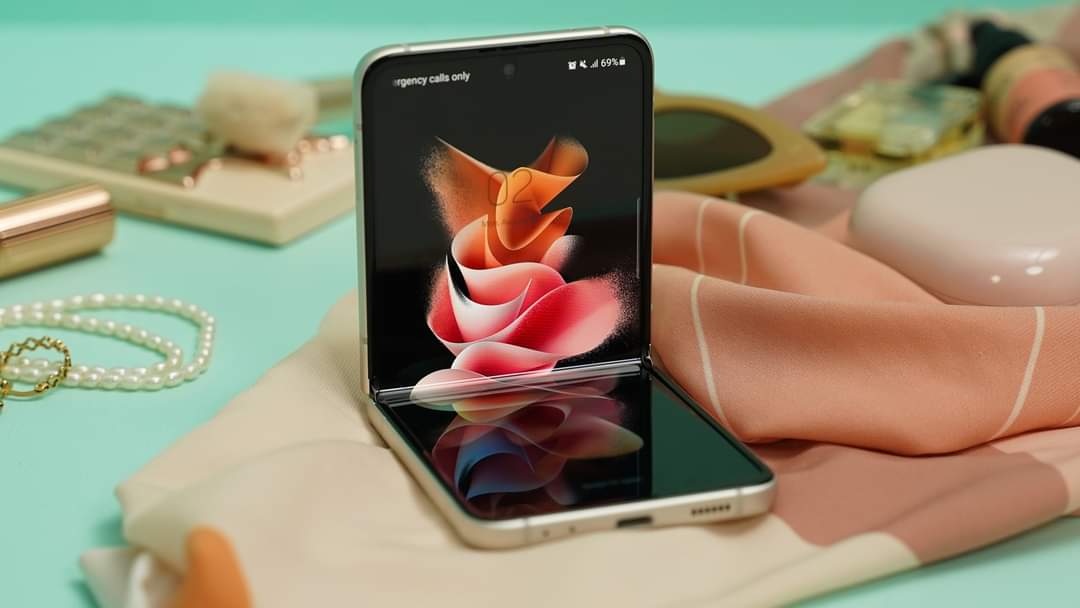
The Features of Samsung Galaxy Z Fold 3
Foldable phones are no longer a costly toy for early adopters, and the Samsung Galaxy Z Fold 3 is here to prove it. Let me be clear, the Fold 3 is still expensive at $1,800, but in its third generation of steady improvement, it’s finally a functional device for the average consumer to use and enjoy.
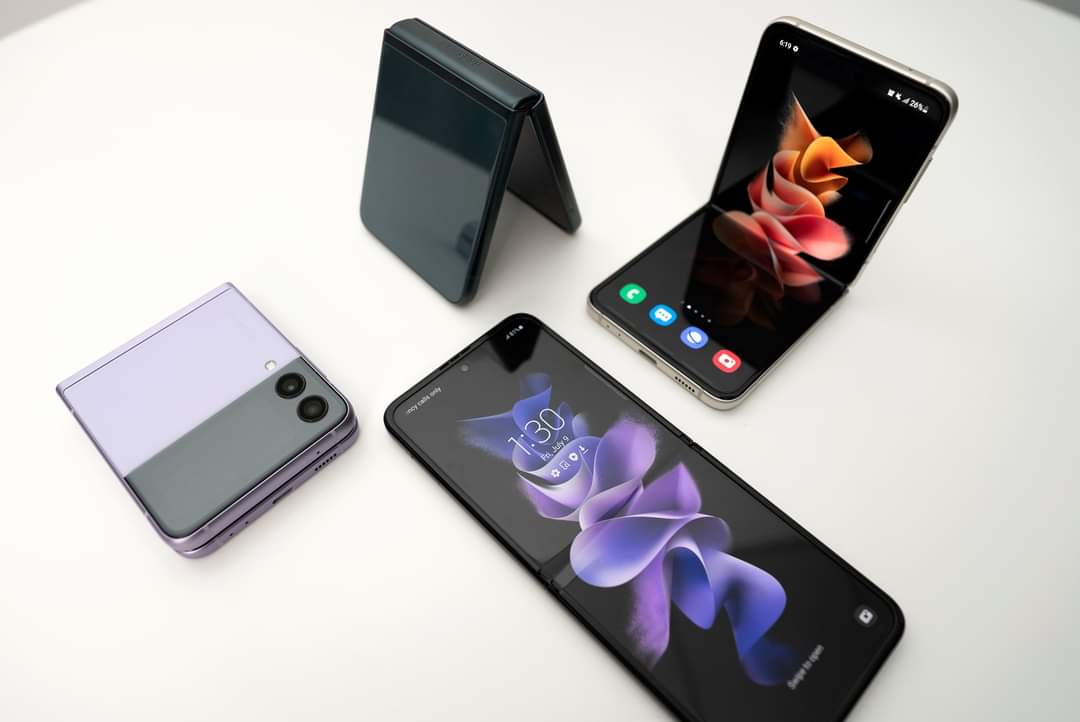
Beyond the welcome durability improvements, the Fold 3 just feels more polished in general. The hinge is less bulky, the screen crease is less obvious, and the Under Display Camera (UDC) is easier to ignore than a hole punch. It used to be that there was a reasonably significant trade-off with folding phones compared to more mainstream flagships in terms of durability and performance. That’s not as true anymore. After almost two weeks of using the Fold 3 as my daily driver, I don’t feel like I’m missing out on anything significant compared to the Galaxy S21, though it still doesn’t match the S21 Ultra.
There are quite a few durability improvements. The biggest one is IPX8 water resistance. The Fold 3 can now stand up to complete immersion in water, and sure enough, my review model survived a thorough rinsing in the sink. This is one of the bigger premium omissions that existed for foldables, so it’s nice to see it rectified. Dust can still post an issue due to the nature of the hinge, so I don’t recommend taking the Fold 3 with you for a day at the beach, but Samsung has included “sweeper” bristles inside the hinge so that dust can get forced out if it does get in. There’s also Gorilla Glass Victus on the cover screen, and the main screen has a preinstalled screen protector that Samsung claims is 80% stronger than before.
This is all welcome news. For those who’ve been following foldables for some time, you’ll recall that the previous models had issues with dust getting in and the screen protector peeling off, causing scratches and other more serious damage to the screen.
Upon initial setup, you are treated to a rather extensive list of ways to care for your phone. These include not pressing down too hard, only using the S Pen Fold or S Pen Pro(which have retractable tips), avoiding keeping keys and coins in the same pocket with the phone, and not removing the protective screen film. Fortunately, despite the somewhat ominous list of warnings, I never felt I had to baby it too much.
Adding a case to the Fold 3 also gives it an extra bit of much-needed grip and some additional protection. After using the first-party leather case Samsung includes with the device, I found it a lot easier to hold for games, browsing, and just general day-to-day use. Other case options also come with an S Pen slot, but that wasn’t included.

Displays and multimedia
None of the panels on the Fold 3 fall short. When folded, the 6.2-inch cover screen has a resolution of 2268 x 832. It supports a 120Hz refresh rate like the main screen, which wasn’t on the Fold 2. I mostly used the cover screen for snapping photos with the rear camera, navigating on Google Maps, taking phone calls, and quickly checking notifications while on the go.
The increased refresh rates make using the cover screen smoother and more responsive, although you’ll primarily use the main screen for multimedia. The only thing the cover screen doesn’t support is the S Pen, which makes sense since the cover screen is narrow and quite a bit smaller than the main screen. If you try to text or tweet on it, the keyboard is cramped, and most of the time, I found myself opening the main screen to do anything intensive.
The main screen is where all the action is at. When the phone unfolds, what you get is a big and bright 7.6-inch screen with a resolution of 2208 x 1768, which works out to a crisp 374 pixels per inch. It’s AMOLED and supports HDR10+, so the colors are rich, saturated, and have the dense, inky blacks the panel is known for. The phone hits 1,200 nits of peak brightness, so I had no problem using it during a bright summer day at the park. Both the cover screen and main screen have excellent visibility in direct sunlight.
Watching videos, playing games, and browsing are all a treat on the main screen. Games like Genshin Impact and Asphalt 9 looked incredible on the smooth and vivid 120Hz display. They also perfectly filled the screen at launch, no adjustment needed. The increased screen real estate was particularly handy in Genshin Impact since it was much easier to use the various controls without blocking parts of the screen with my fingers.
Fold 3 Genshin Impact screenshot.
The crease is present and visible, but it’s easy to ignore when there’s content on the screen. The only time I really noticed it was when the screen was off and the light was reflecting on the blank screen. The same is true for the Under Display Camera (UDC). While there’s a noticeable pixelated grid, especially on a white background, it’s easy to forget about, and it’s much less annoying than a hole-punch camera in terms of drawing your eye to it.
Under Display Camera on the Galaxy Z Fold 3
Gaming on this phone is an absolute pleasure that’s enhanced by its audio. I rarely have strong feelings for phone speakers as they tend to be hit or miss, so I was blown away by the robust sound of the Fold 3’s stereo speakers. They’re on the top and bottom of the panel that includes the phone cover screen, so when you flip the phone around in landscape mode for games and video, you can hold it so your hands aren’t covering the speakers.
The result is rich sound that balances well across lows, mids, and highs. It’s plenty loud without being tinny, and I never felt the need to reach for my headphones, which is more than you can say about most phone speakers. It won’t match quad speakers on Samsung’s own tablets like the S7 and S7+, but it can still hold its own.
Not everything was perfect out of the box. I couldn’t avoid letterboxing on YouTube videos, and while it’s possible to adjust the screen to force it to fill, it ends up cutting off content along the sides, so it’s not a real solution. Despite these issues, I was still pleasantly surprised that most of the apps I used were either optimized for the Fold 3 by default or could be forced to fill the screen by enabling it in Labs (Netflix and Instagram were the main culprits).
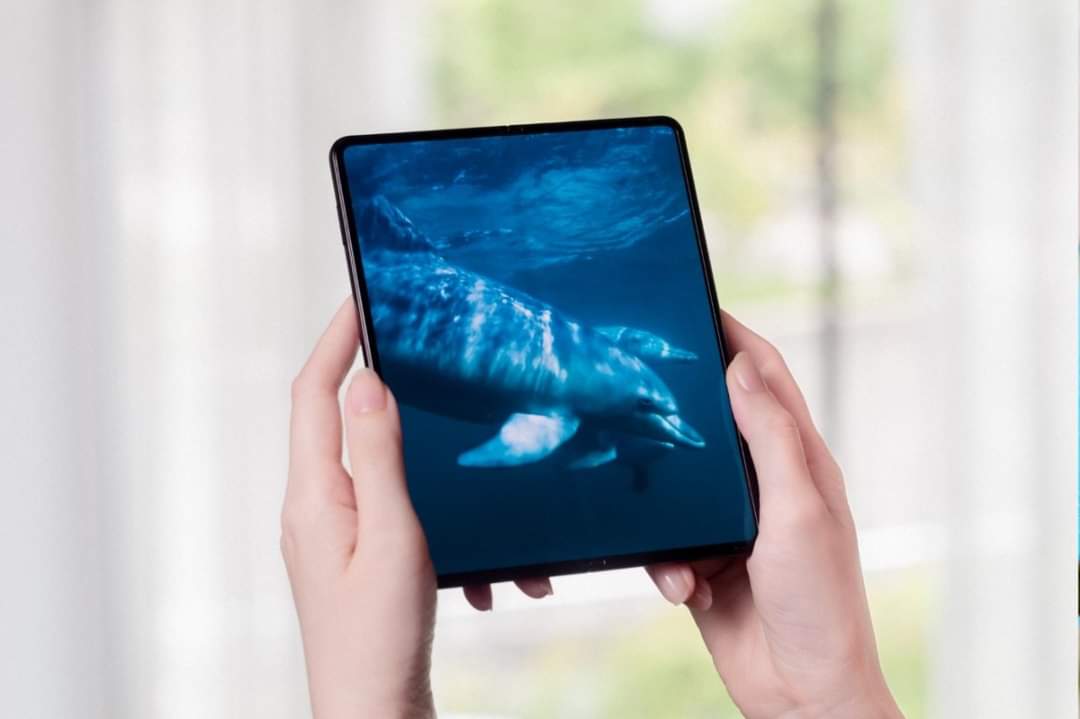
A productivity powerhouse
A lot of the value of the Fold 3 comes from its extra screen real estate and the customized Android 11 software that supports it. You can have multiple apps open, run them side by side in split view, or run up to three in resizable windows. Fair warning: A lot of these features are deemed experimental, and you’ll need to dig into Labs to enable them, so don’t be surprised if it doesn’t work out of the box right away.
Once you have it up and running, the usage options are manifold. In my case, it was possible to watch a video or a livestream while jotting down notes or using Google Maps to navigate while still being able to text a friend when I would arrive. It’s even possible to pull up a keyboard on one half of the screen and type things out into Microsoft Word or Google Docs, almost like an old-school slider.
With the addition of the Taskbar and the Edge Panel, you can get something that approximates a desktop experience, giving you access to frequently used apps whenever you want. You can also pin them together with App Pair so that they both launch together in split-screen view, drag and drop content, and move and resize windows as you please. It’s about as close to a laptop as you’re going to get on a phone, and because it supports Samsung DeX, you can get an actual desktop experience by connecting wired or wirelessly to monitors, TVs, and laptops.
You can also pick app behavior for the cover screen, deciding which apps are allowed to continue to display when the main screen is closed. I enabled it for most apps, though the main one it was handy for was Google Maps, as I could keep getting directions after snapping the main screen shut. There’s also Flex mode, where apps can adjust themselves when you bend the screen. A good example is YouTube, where bending the screen at an angle to hold it upright places your video up top and the comments section below. All of this helped make the Fold 3 feel like a more seamless device with software designed and optimized for it.
The productivity potential is enhanced by using the S Pen Fold Edition or S Pen Pro. It’s essential you only use either of these options because they have a retractable tip when you press too hard — other S Pen models will damage the screen. While neither is included, I did receive an S Pen Fold with my review unit and was able to use it for notetaking and sketching. I’m not much of an artist, but being able to pull out the S Pen and seamlessly jot down a quick note, reminder, or grocery list was incredibly handy. That does bring me to the one downside, though. While having a bigger screen for using the S Pen is fantastic, there’s no place to slot it after use. So, you either need to put it in your pocket or buy a case that has a slot that can accommodate it.
The productivity potential is enhanced by using the S Pen Fold Edition or S Pen Pro.
Or you can do what I did and take the Fold 3 to a press event to take notes but forget the S Pen at home. It happened more often than I care to admit, which is the main reason I don’t think the Fold 3 provides the same experience as the Note, even if it’s a lot better in terms of screen real estate. Maybe once I get my hands on a Fold 3 S Pen case, I’ll feel differently.
See the video on samsung galaxy Z fold 3 below:
.
Performance and hardware
Under the hood, the Fold 3 has hardware that matches the best flagship phones on the market. It’s powered by a Qualcomm Snapdragon 888 processor and has 12GB RAM and 256GB/512GB of storage. There’s no microSD card slot, which is a bummer, so if you’re a big power user like me, you’ll want the bigger storage configuration.
I ran it through several benchmark tests, which you can see below, and it scored excellently. Multitasking is smooth and responsive, there were no slowdowns or app crashes, and, as mentioned, it handled demanding games like Genshin Impact and Asphalt 9: Legends without a problem. In terms of graphic performance, it averaged 87% better than other devices on the market.
Benchmarks:
PCMark Work Performance: 14,460
PCMark Battery Life: 9 hours, 20 minutes
Geekbench (single/multi-core): 1,113/3,431
GFXBench Aztec: 19fps
3DMark: 5,647
While all this is great, you’ll note one spec that isn’t so hot, and it’s the 4,400mAh battery, which is a bit smaller than the one on the Fold 2. The PCMark battery test clocked in at 9 hours, 20 minutes to drain to 20%, which is equivalent to just over an average workday of runtime. I generally had to top up in the evening to keep me going. An hourlong session of Genshin Impact and some browsing could easily knock out 20% of the charge.
On the upside, the phone supports 25-watt fast wired charging and 11-watt fast wireless charging, so it was easy to quickly top up with one of the many Samsung Fast Wireless charging stands and adapters I have scattered through my apartment. These aren’t included in the box, though, so you’ll have to buy your own if you want to take full advantage of the speed.
The connectivity is as good as you’d expect. The Fold 3 supports 5G, Wi-Fi 6e, NFC, and has Bluetooth 5.2. I had no problem taking and making calls, browsing on 5G in the city, and connecting to accessories like the Galaxy Watch 4 and Bluetooth headphones.
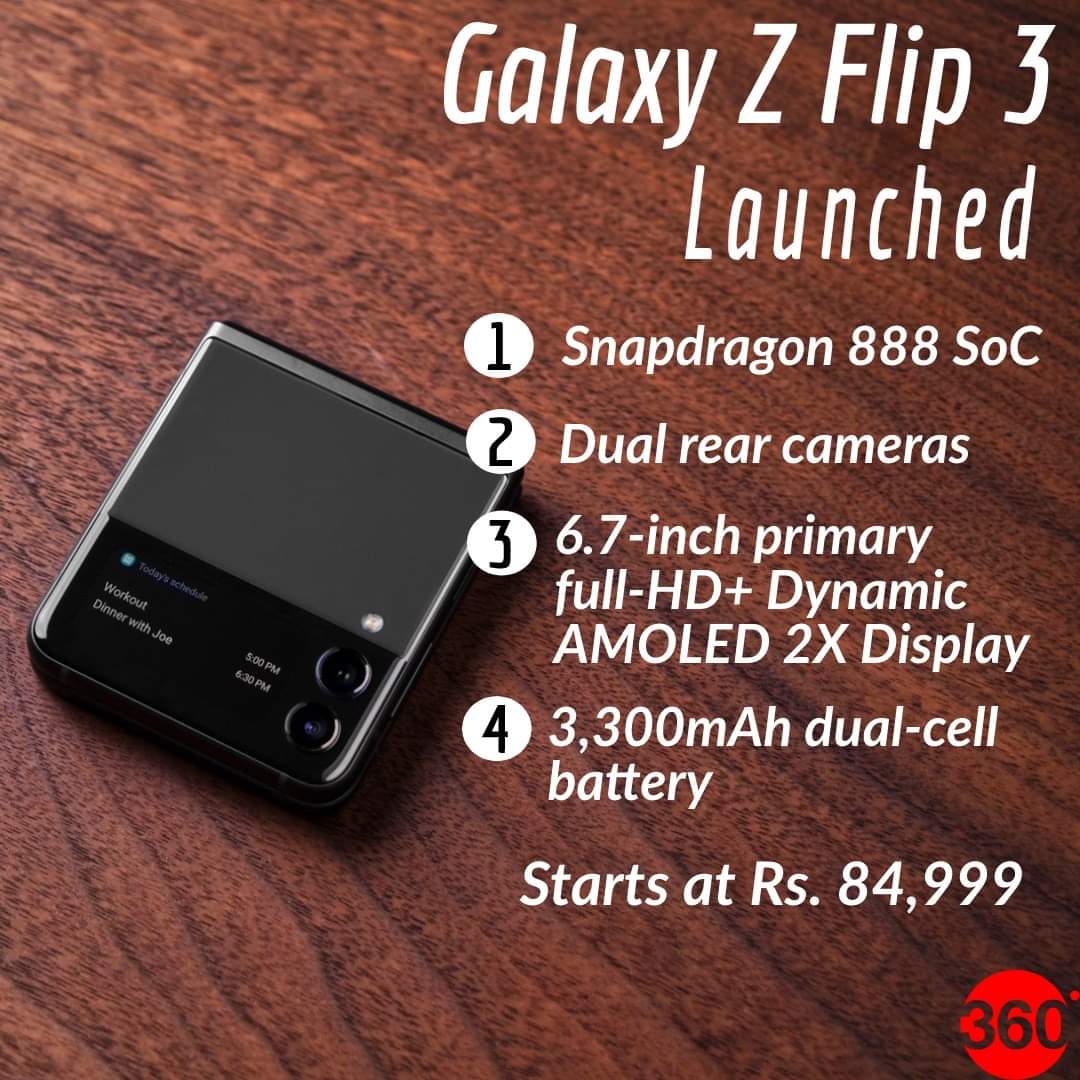
A camera on every side
Camera capabilities aren’t changed from the Fold 2. On the rear, the phone has three 12-megapixel (MP) cameras: One primary sensor with optical image stabilization (OIS), one telephoto for 2x optical zoom and OIS, and one ultrawide for 123-degree shots. All three cameras take great photos. Images are crisp, have plenty of detail, and minimal noise. As is typical for Samsung cameras, colors tend to get punched up a bit in terms of saturation, but I like that look.
The rear sensors have more challenges in low light, cloudy, and nighttime settings, but still fare reasonably well. There’s some noise with detail shots and occasional blurriness, but for the most part, things come across clearly. The ultrawide sensor loses some crispness and clarity, though, especially in lower light, and it’s more prone to softness and noise, likely due to the lack of OIS. That’s also true of the S21 Ultra, so I’m not going to judge the Fold 3 too harshly for that.
In comparison shots with the iPhone 12 Pro Max and even the older Samsung Galaxy S20 Ultra, the Fold 3 gets edged out. The iPhone 12 Pro Max takes more reliable, crisp, and color-accurate shots, while the S20 Ultra and its successor, the S21 Ultra, can’t be beat in terms of sheer image quality, especially for telephoto and ultrawide shots. While I would have liked a camera system comparable to the S21 Ultra or Note 20 Ultra, it’s still a very good set of sensors that most people will be happy with.
The 10MP selfie camera on the cover screen is also suitable for quick selfies and handles reasonably well with decent lighting. The 4MP UDC camera on the main screen doesn’t do so hot by contrast. Most of the pictures I snapped with it were muddy, pixelated, or washed out, even though Samsung tried to do its best to clean up the image with post-processing.
The 4MP UDC camera is only passable for video chats or if you just need it in a pinch.
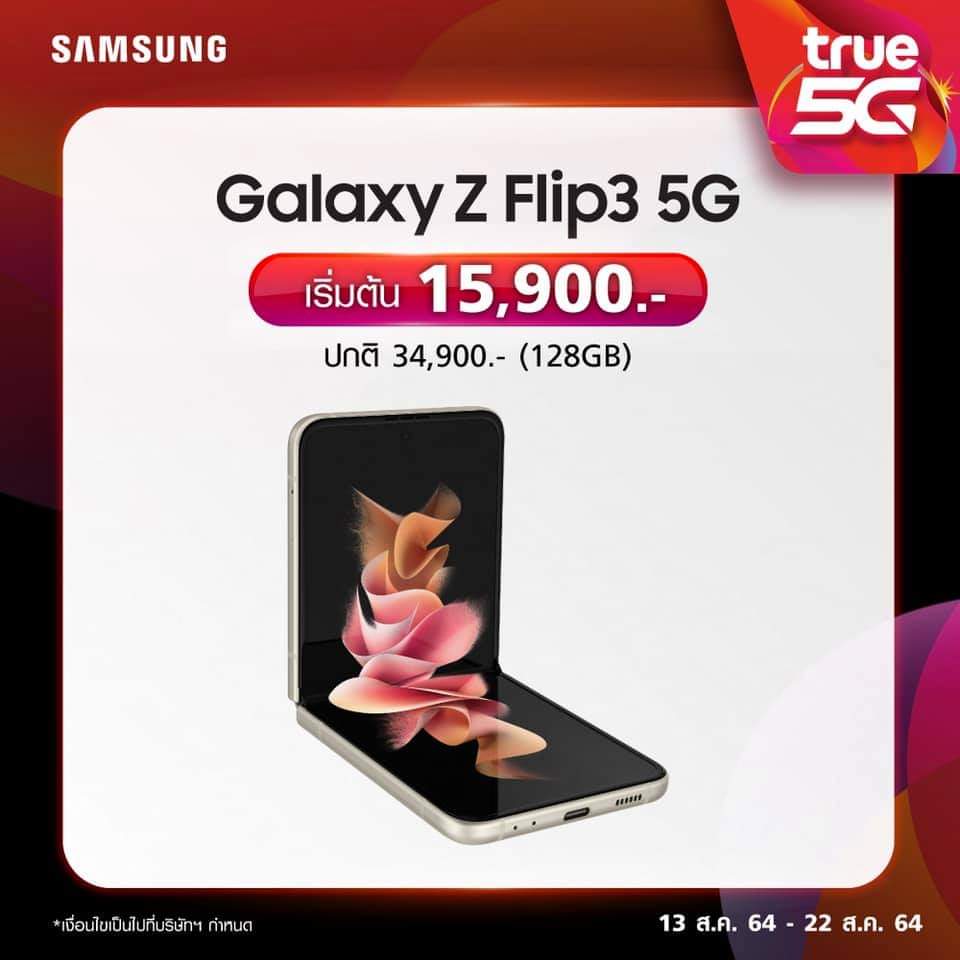
Price and availability
The Fold 3 will cost you $1,800, which is $200 less than the Fold 2 initially cost. It’s still an expensive phone, make no mistake, but the price cut makes it easier to stomach. The phone will be available at all major U.S. carriers, including AT&T, T-Mobile, and Verizon, with various installment plans and deals available. There are also some nice trade-in options if you have older devices to spare.
Our take
The Samsung Galaxy Z Fold 3 is the best foldable on the market and a significant improvement over the Fold 2 in terms of durability. After three years of refinements and progress, I have much less hesitation about recommending the phone to the average user. It offers one of the best gaming experiences I’ve gotten on a phone and tons of value for multitasking and productivity.
It offers one of the best gaming experiences I’ve gotten on a phone.
That said, it’s not perfect yet, with room for improvement in battery life and camera performance. It’s also still expensive at $1,800, though the price tag becomes more palatable if you think of the Fold 3 as a potential replacement for your phone, tablet, and e-reader. With all that in mind, I think that if you’re willing to spend the money and you know you’ll find value from the screen real estate, the Fold 3 is worth the purchase.
Is there a better alternative?
Not really. Samsung dominates the foldable market, with no other competitors in sight, certainly not in the U.S. The biggest competitor to the Fold 3 is Samsung’s own Galaxy Z Flip 3, but there are some big differences between the two foldables.
For starters, the Flip 3 is smaller both in dimensions and screen size, coming with a 6.7-inch screen that folds in half. The purpose of the Flip 3 is to reduce the phone’s overall footprint in your pocket with its compact clamshell design, rather than improve multitasking and productivity. It serves that purpose well, but it’s not a real competitor to the Fold 3.
Samsung Galaxy folding phones.
There are rumors of a Pixel Fold at some point in the future, and there’s also the Mi Mix Fold and the Huawei Mate X2, but neither of those are likely to come to markets outside of China. Neither the Moto Razr nor the Surface Duo were released to many accolades, and we had significant concerns in our reviews of them.
See also THE FEATURE OF GOOGLE PIXEL 5a SET TO TAKE ON iPHONE 12 MINI
Outside the world of foldables, if your primary desire is a big screen and flagship specs, both the Galaxy S21 Ultra and Note 20 Ultra have powerful hardware and S Pen support.
How long will it last?
Samsung has taken care to improve the durability of the Fold 3 by adding IPX8 water resistance, a more durable hinge with sweeper bristles, an improved screen protector for the main screen, retractable tips on the S Pen Fold and Pro, and Gorilla Glass Victus for the cover screen. Toss a case on, and you won’t feel much need to baby the phone. If you’re particularly concerned, you can invest in Samsung Care+ for an extended warranty beyond the one-year limited warranty and accidental damage protection. The crease may become more prominent over time, but I’d expect the phone to last at least two years, if not longer.
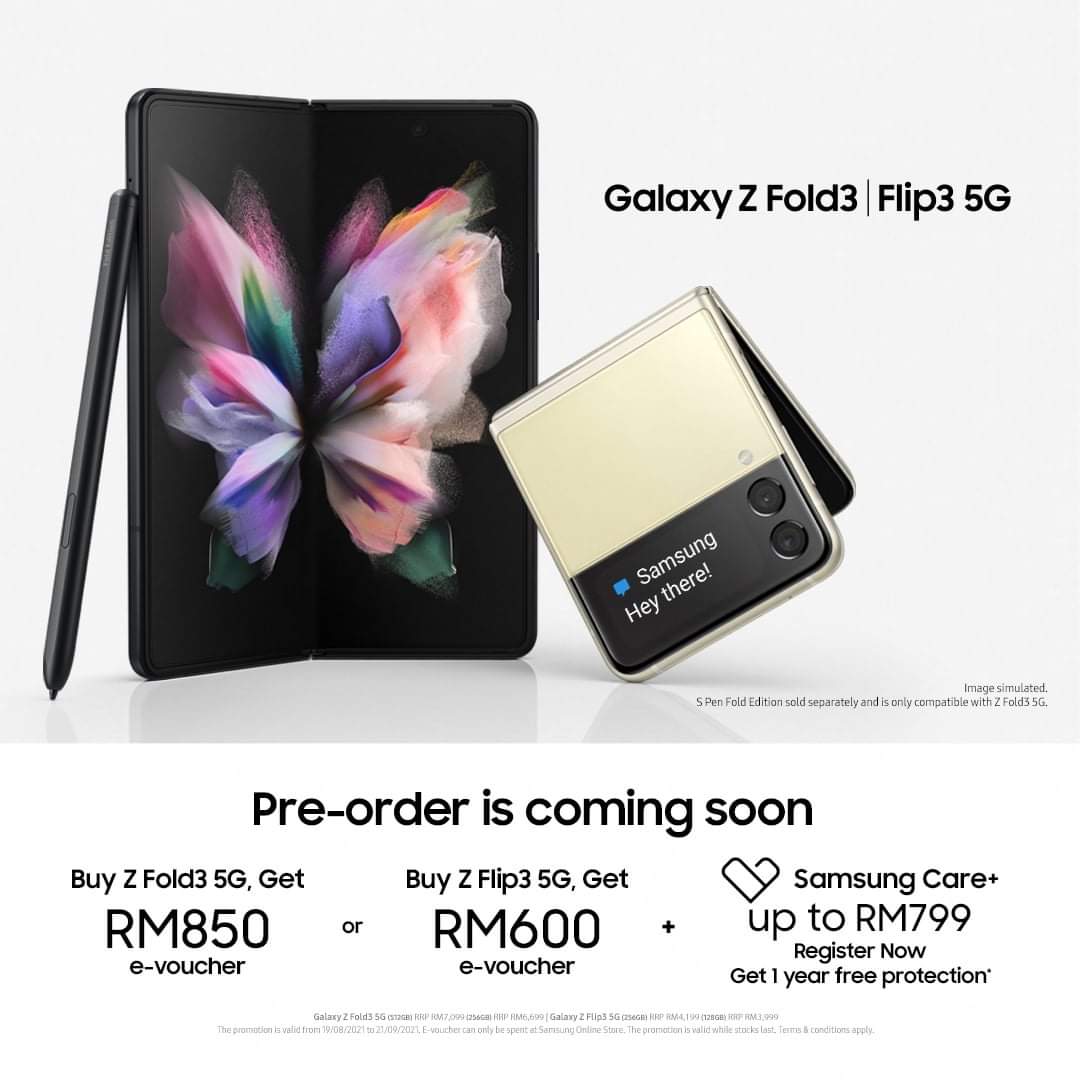
Should you buy it?
Yes. The improvements to the Galaxy Z Fold 3 are big enough that I feel safe recommending them to average consumers who aren’t early adopters. There are still a few trade-offs with battery and camera performance, so if you value those two things the most, you may be better off with the S21 Ultra. Still, for gaming, multimedia, multitasking, and productivity, you won’t do better than the Fold 3.

Comments are closed.